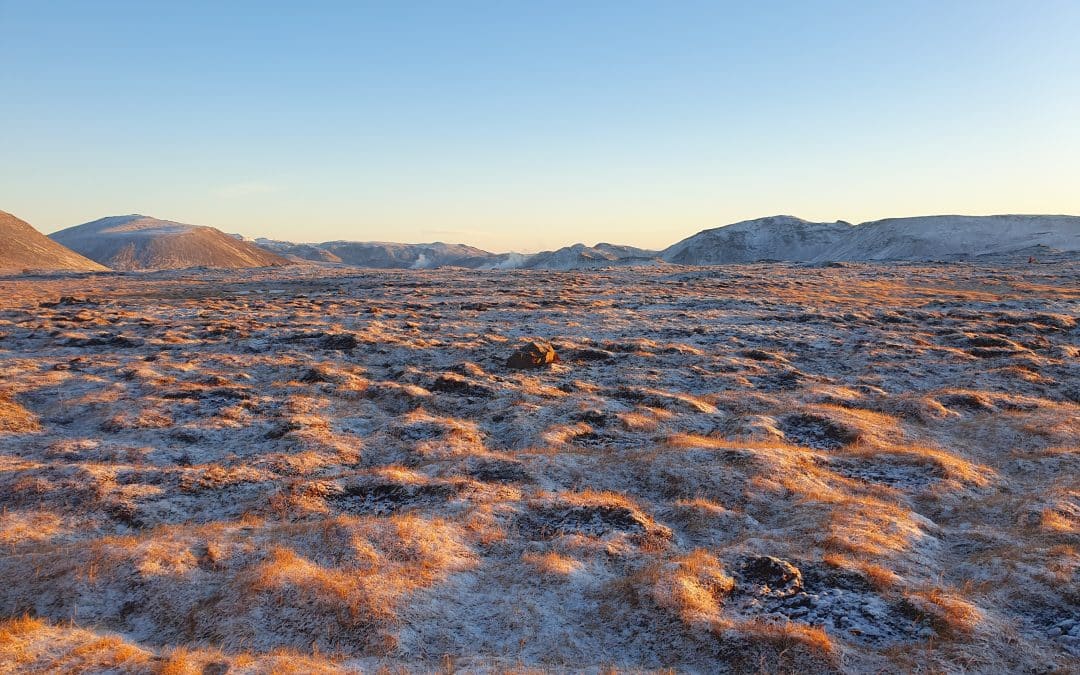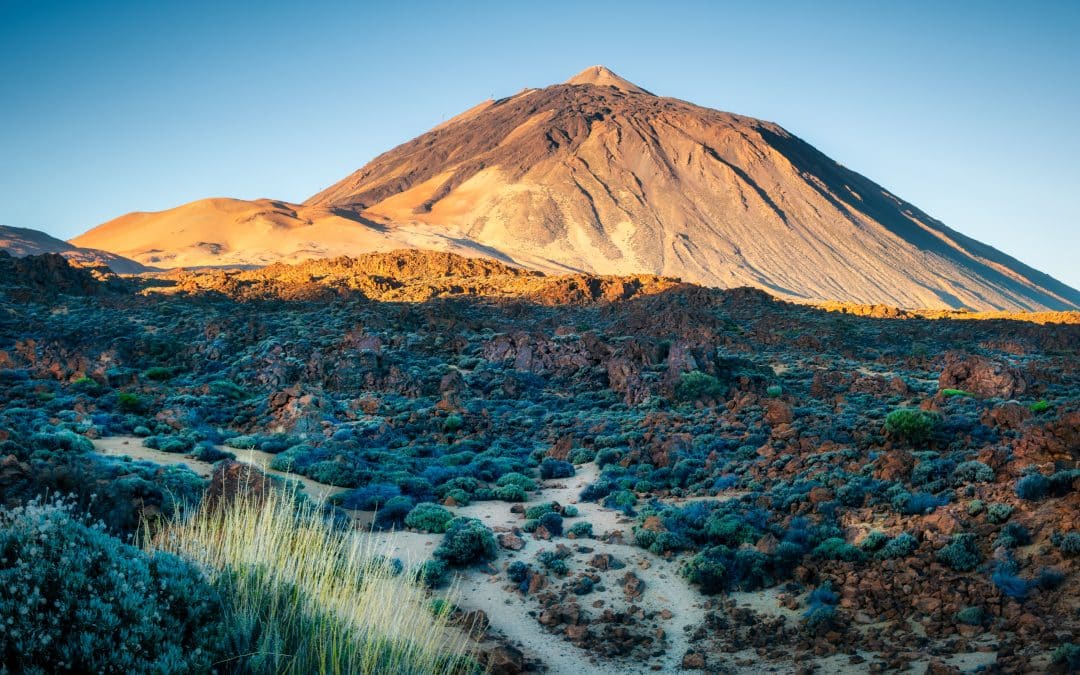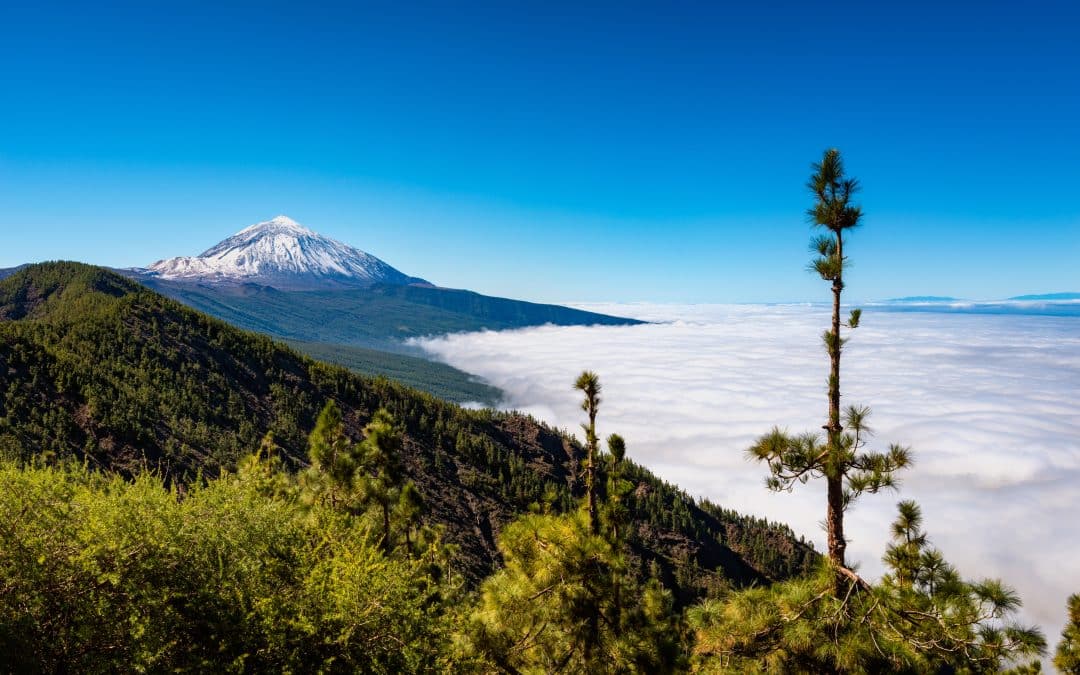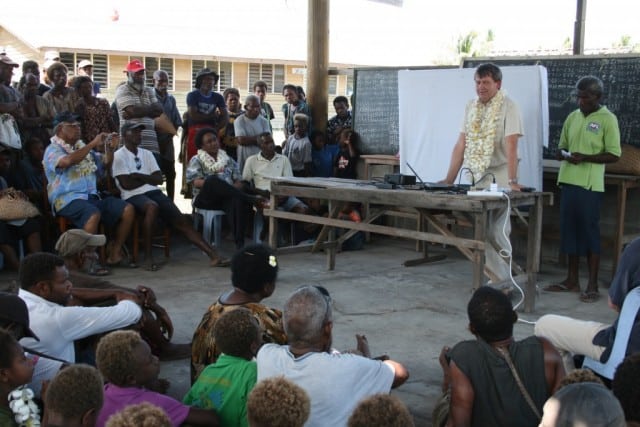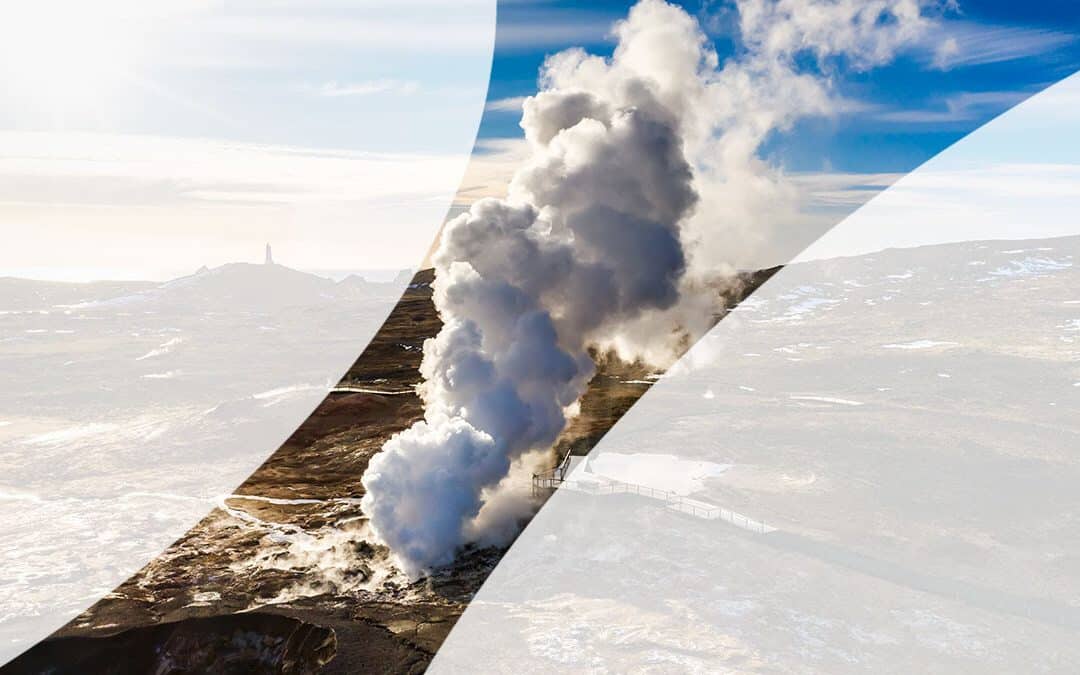The Iceland Geothermal Cluster was founded in 2010 to strengthen competitiveness, innovation and increase value creation within the Icelandic geothermal energy industry.
It was transformed into the Iceland Renewable Energy Cluster in 2018 with a broader inclusion of the companies and entities in the renewable energy sector of Iceland.
The Iceland Renewable Energy Cluster is a collaboration of members that work in the renewable sector in Iceland and internationally. Icelandic players in the geothermal industry provide a unique set of skills, know-how and experience to help push geothermal development from early exploration, drilling, design and construction of geothermal plants both for power generation and direct use.
Reykjavik Geothermal Chairman, Mr. Guðmundur Thoroddsson was on the Board of Directors of the Iceland Renewable Energy Cluster for a number of years. He left in June 2020 and then Reykjavík Geothermal CEO Mr. Gunnar Örn Gunnarsson took his place on the Board of Directors of the Iceland Renewable Energy Cluster. Gunnar Örn was also elected as Board Member on the Management Committee of the Cluster.

